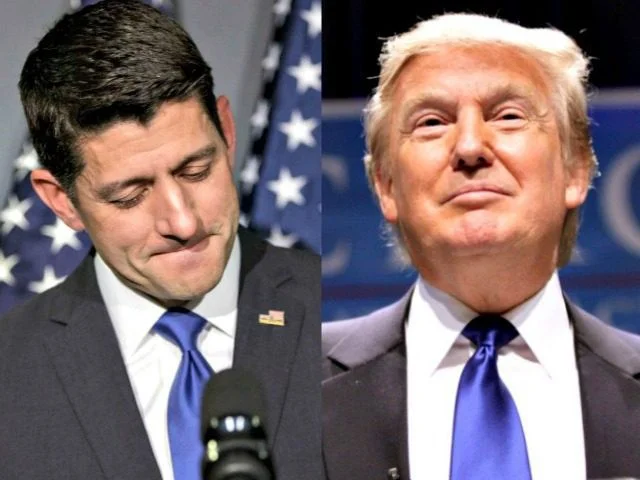Linguists such as Tyler Schnoebelen, who has done several studies on emoji and emoticons, delved into the power and diversity of the images as a method of communication—while joining the chorus of his peers who say, no, emoji are not a language. He noted how the meaning of one image will differ depending on who is texting it and where and to whom. For example, emoji users in the United States might never end their war over whether[🙏] is a high five or a prayer, but it means something entirely different in Japan: “thank you.” The meaning of emoji—just like words—isn’t static either. “Language changes,” says Schnoebelen, “and emoji are changing.”
Read MoreTrue language universals can be hard to find but two of the most solid are (1) languages change and (2) people are really good at adapting to what’s handy. We’ll explore the ways emoji are changing, ways they haven’t, and where to look for hot spots of innovation.
Read MoreTldr: gender doesn’t make for good soundbites if you’re doing it right.
Here’s a headline from Politico that is counter-intuitive, aggravating, and compelling: Donald Trump talks like a woman. I’d like to speak out on behalf of a bunch of linguists who say KNOCK IT OFF.
Read MoreI’ve been vaguely obsessed by Donald Trump’s use of believe me. How does he use it? How should we interpret it? In pursuing these questions, we’ll see how much more he uses believe me than everyone else and how he puts it in a different place than everyone else, too.
Read MoreIf you follow politics in America even a little bit, you know that Republicans talk a lot about taxes and that Donald Trump loves the word tremendous. But how do these rank relative to each other and to what Democrats (and Hillary Clinton, in particular) tend to talk about? Well, one finding is that over the years, Republican candidates have been even more preoccupied with Hillary Clinton than they have been with Ronald Reagan. Another finding is that the debates for the current election have been ~157% more negative than all previous debates.
Read MoreThis post wraps up a series I’ve been doing on using machine learning models to understand recent American political debates (here and here). By taking all the transcripts of the debates since last year, I show which words and phrases most distinguish debaters’ styles and issues. Training a computer to identify speakers is usually thought of as a way of doing forensics or personalization. But here, I’m interested in something closer to summarization. If you can pick one section of talk for each candidate from the last debate, which moments are most consistent with everything they’ve said up to then?
Read MoreLast week, I wrote about the most Clintonian and Trumpesque moments of the first presidential debate. In this post, I’m going to ask the same question of the vice presidential debate: what moments did Tim Kaine and Mike Pence sound most like the candidates at the top of their ticket? We’ll then dissect the results in order to see how different assumptions about the data would affect results of this kind of linguistic style analysis.
Read MoreLet’s teach a computer to guess who-said-what in the first US presidential debate between Hillary Clinton and Donald Trump. This is a way of finding out which moments the candidates were most like themselves — as well as when they were most like Bernie Sanders or Ted Cruz.
Read More“Periods are not dead,” says computational linguist Tyler Schnoebelen, who turned to his own trove of 157,305 text messages to analyze how the final period—a period at the end of a thought or sentence—was being used and shared his initial results exclusively with TIME. “They’re actually doing interesting things.”
Read MoreMost academic papers and blogs about machine learning focus on improvements to algorithms and features. At the same time, the widely acknowledged truth is that throwing more training data into the mix beats work on algorithms and features. This post will get down and dirty with algorithms and features vs. training data by looking at a 12-way classification problem: people accusing banks of unfair, deceptive, or abusive practices.
Read MoreYou can get pretty far in text classification just by treating documents as bags of words where word order doesn’t matter. So you’d treat “It’s not reliable and it’s not cheap” the same as “It’s cheap and it’s not not reliable”, even though the first is an strong indictment and the second is a qualified recommendation. Surely it’s dangerous to ignore the ways words come together to make meaning, right?
Read MoreDespite its obvious influence on how we communicate, the vast emoji set is not considered a language in itself. Tyler Schnoebelen, who probably knows more about emojis than anyone else in the world, is a computer linguist who wrote his PhD thesis at Stanford University on the use of emoticons and emojis. He told Time magazine that there are rules and patterns on how we use emojis, but there is no grammar or language structure to form a sentence with them.
Read MoreAt the pop-up concept restaurant the Little Yellow Door in London’s Notting Hill, millennial-friendly smartphone culture is at the center of the meal. Diners place a reservation through the mobile messaging app WhatsApp (or the old-fashioned way, if they prefer), then sit down at a table where they have the option of ordering off a special emoji menu.
Read MoreSome of the earliest applications of artificial intelligence in healthcare were in diagnosis—it was a major push in expert systems, for example, where you aim to build up a knowledge base that lets software be as good as a human clinician. Expert systems hit their peak in the late 1980s, but required a lot of knowledge to be encoded by people who had lots of other things to do. Hardware was also a problem for AI in the 1980s.
Read MoreA sociologist and I were recently talking about events that have affected discussions about feminism. I went over to Google Trends to check out what people have been searching for and when peaks have appeared.
Read MoreDonald Trump isn’t “there yet” in supporting Republican Speaker of the House Paul Ryan. Ryan has repeatedly chastised Trump and famously said he wasn’t there yet on Trump earlier this year. How strong is his distaste? Did he (and his writers) overcome it at the RNC Convention?
Read MoreWe know that Republicans and Democrats talk differently, but what’s the best way to describe these differences? Commentators note the relative darkness of the Republican National Convention and the focus on optimism and higher production quality for the Democratic National Convention. Looking at the words speakers use helps–but you can’t just use simple frequency (for details, check out the methodology section at the bottom).
Read MoreScope, a disability charity that provides support, information and advice to more than a quarter of a million disabled people and their families every year, produced 18 new emoji designs that feature disabled people and Paralympic athletes to commemorate World Emoji Day and highlight the need to expand the range of emojis.
Read More














